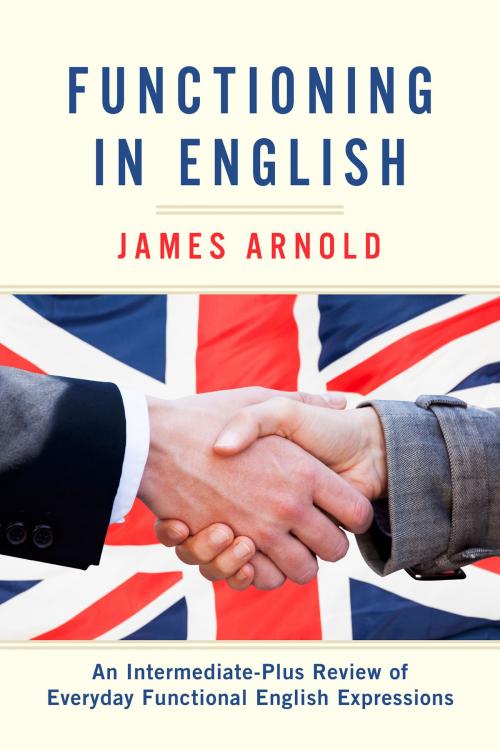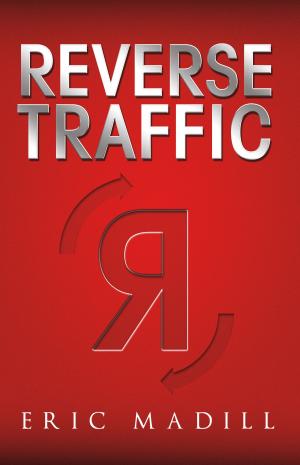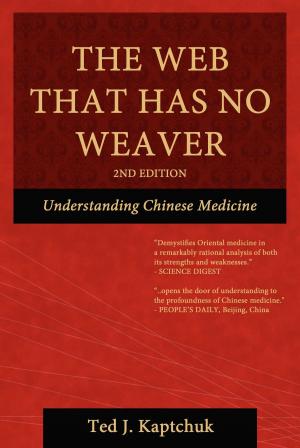Functioning in English
An Intermediate-Plus Review of Everyday Functional English Expressions
Nonfiction, Reference & Language, Education & Teaching, Teaching, Language Experience Approach| Author: | James Arnold | ISBN: | 9781483550312 |
| Publisher: | BookBaby | Publication: | March 1, 2015 |
| Imprint: | Language: | English |
| Author: | James Arnold |
| ISBN: | 9781483550312 |
| Publisher: | BookBaby |
| Publication: | March 1, 2015 |
| Imprint: | |
| Language: | English |
The teaching of English as a second language has been a multi-million dollar business for over 40 years. Companies, as well as individuals, both students and working stiffs, have spent small fortunes struggling with the language to better their prospects, both professionally as well as socially. Isn’t it about time we found an economical way to cut out the hard labor and concentrate on the essentials? The truth is that English grammar is probably the simplest to control, compared with other European languages with their complicated verb forms, multiple noun constructions, and a completely different way of viewing the use of prepositions. So why is it that so much time and money is invested in learning lists of irregular verb forms and piles of those pesky phrasal verbs? Surely, in the present climate of international cooperation and cheaper travel opportunities, there must be some way to jump the hurdles of formal examinations to prove that you can follow a meeting or enjoy a foreign holiday in an English speaking country. Communication is said to be 54% body language, 39% tone, and 7% vocabulary, so why can’t we just concentrate on the adequate phrases necessary at the adequate time, and cut out the rote learning of complicated sentence structure that will hardly be repeated in a real life situation. For many who need to speak English as a second language, the only sensible way to learn is by recognizing the gist of a sentence, and then to be able to give back the gist of a sensible answer. Here we come to the matter of “functional phrases”. This short course book is designed to provide the way of absorbing those phrases for any given situation. By providing a range of formal and informal set expressions, where communication is cut to the bone, the learner, who has already arrived at a level where they can express themselves with the basic sentence structure, will be able to pick out favorite phrases to memorize and deal with any situation. This course book is a continual reminder of what to say and when to say it - a printable workbook that concentrates on the essentials. It is a “face saver”. For literally pennies the learner can easily review and practice what needs to be said to overcome the challenge of that dumb silence – those few seconds of reflection that cause the anxiety of “am I saying the right thing at the right time”. So for an Intermediate level English student, this course book is a useful tool. It is a mechanism to cut back on the rules and regulations of grammatical chain-linking, and concentrate on the essentials of communication – the functional phrases we English speakers use all the time between ourselves.
The teaching of English as a second language has been a multi-million dollar business for over 40 years. Companies, as well as individuals, both students and working stiffs, have spent small fortunes struggling with the language to better their prospects, both professionally as well as socially. Isn’t it about time we found an economical way to cut out the hard labor and concentrate on the essentials? The truth is that English grammar is probably the simplest to control, compared with other European languages with their complicated verb forms, multiple noun constructions, and a completely different way of viewing the use of prepositions. So why is it that so much time and money is invested in learning lists of irregular verb forms and piles of those pesky phrasal verbs? Surely, in the present climate of international cooperation and cheaper travel opportunities, there must be some way to jump the hurdles of formal examinations to prove that you can follow a meeting or enjoy a foreign holiday in an English speaking country. Communication is said to be 54% body language, 39% tone, and 7% vocabulary, so why can’t we just concentrate on the adequate phrases necessary at the adequate time, and cut out the rote learning of complicated sentence structure that will hardly be repeated in a real life situation. For many who need to speak English as a second language, the only sensible way to learn is by recognizing the gist of a sentence, and then to be able to give back the gist of a sensible answer. Here we come to the matter of “functional phrases”. This short course book is designed to provide the way of absorbing those phrases for any given situation. By providing a range of formal and informal set expressions, where communication is cut to the bone, the learner, who has already arrived at a level where they can express themselves with the basic sentence structure, will be able to pick out favorite phrases to memorize and deal with any situation. This course book is a continual reminder of what to say and when to say it - a printable workbook that concentrates on the essentials. It is a “face saver”. For literally pennies the learner can easily review and practice what needs to be said to overcome the challenge of that dumb silence – those few seconds of reflection that cause the anxiety of “am I saying the right thing at the right time”. So for an Intermediate level English student, this course book is a useful tool. It is a mechanism to cut back on the rules and regulations of grammatical chain-linking, and concentrate on the essentials of communication – the functional phrases we English speakers use all the time between ourselves.















